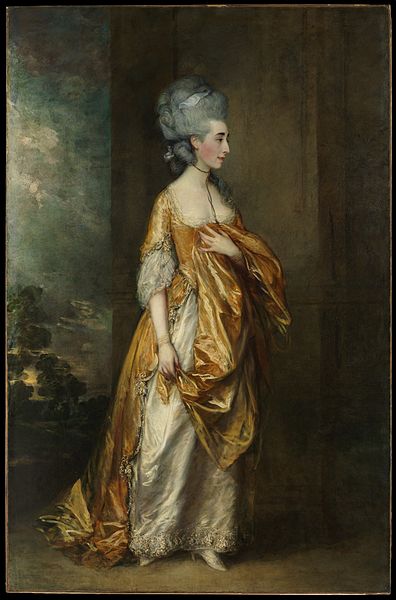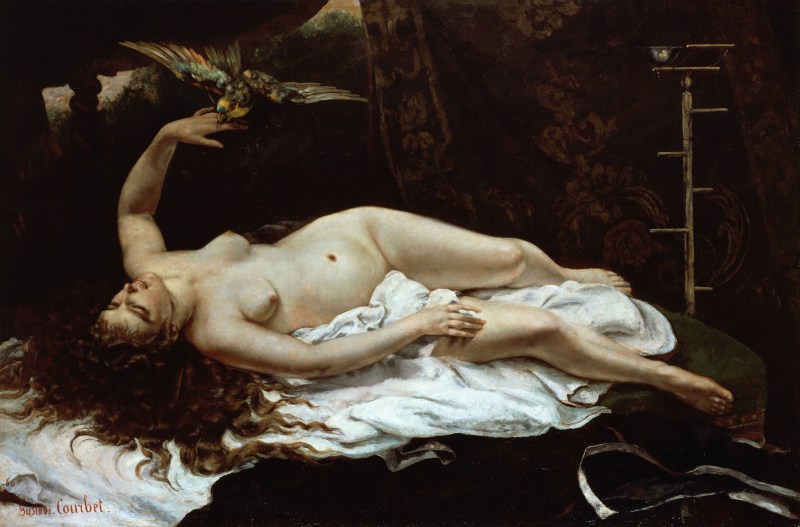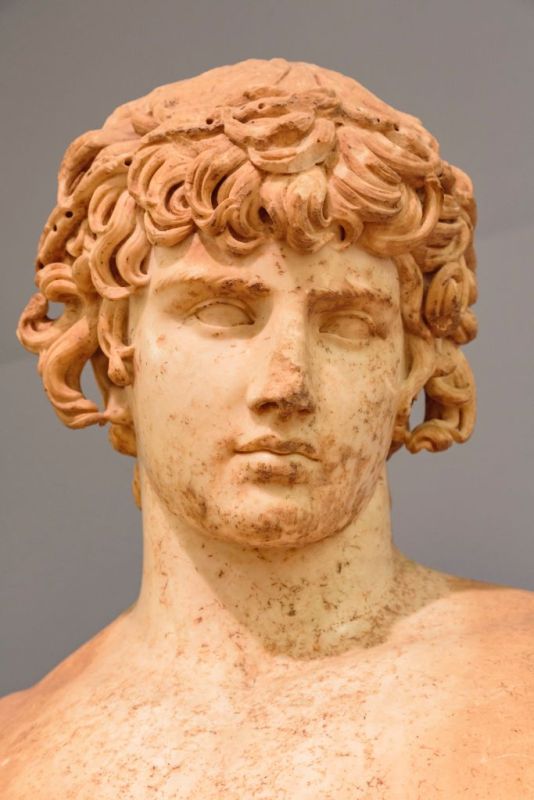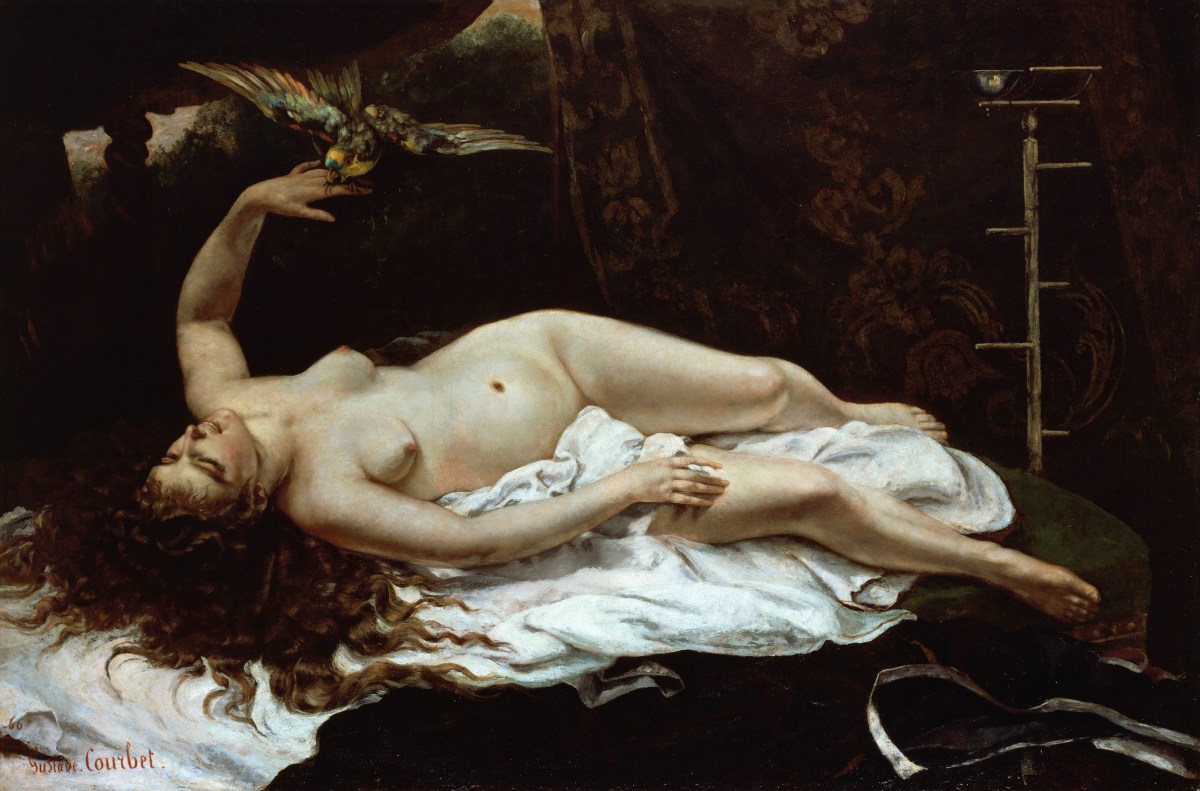A tour company based in New York City is offering salacious tours that go behind the canvas and inside the true history of some of the world’s most beloved art, according to a new article in Town & Country. Called “Shady Ladies,” the company was founded by Andrew Lear, a professor who spent years teaching the Classics at Columbia, NYU and Harvard. Lear shared some of the scandalous histories of paintings you’ve likely seen before with Town & Country. Take a look at some of them below.
Mrs. Grace Dalrymple Elliott, 1754
Grace Dalrymple Elliott was a self-made woman of high society, as well as a spy who lived in Paris during the French Revolution. Courting men that included some of the richest and most powerful in all of Europe — including King George IV, the Prince of Wales and the French Duke d’Orleans — Elliott detailed her eyewitness accounts of war in the posthumously published memoir, “Journal of My Life during the French Revolution.”

Woman With a Parrot, 19th Century
Initially rejected as indecent, Gustave Courbet’s “Woman with a Parrot” was the first nude painting by the French artist to be accepted by the Paris Salon in 1866. But Lear told T&C that there’s even more to this picture than meets the eye — playing with a bird wearing a wide grin, the painting is thought to represent post-coitus.

The Statue of Antinous at Delphi, 130 AD
The bust of Antinous is seen “in almost every museum,” Lear told T&C, and that’s because he was the very attractive, very young male lover of the Roman emperor Hadrian. After mysteriously dying in a drowning in the Nile, Hadrian declared Antinous a God, sparking 300 years of worship throughout the empire.

Thanks for reading InsideHook. Sign up for our daily newsletter and be in the know.


















